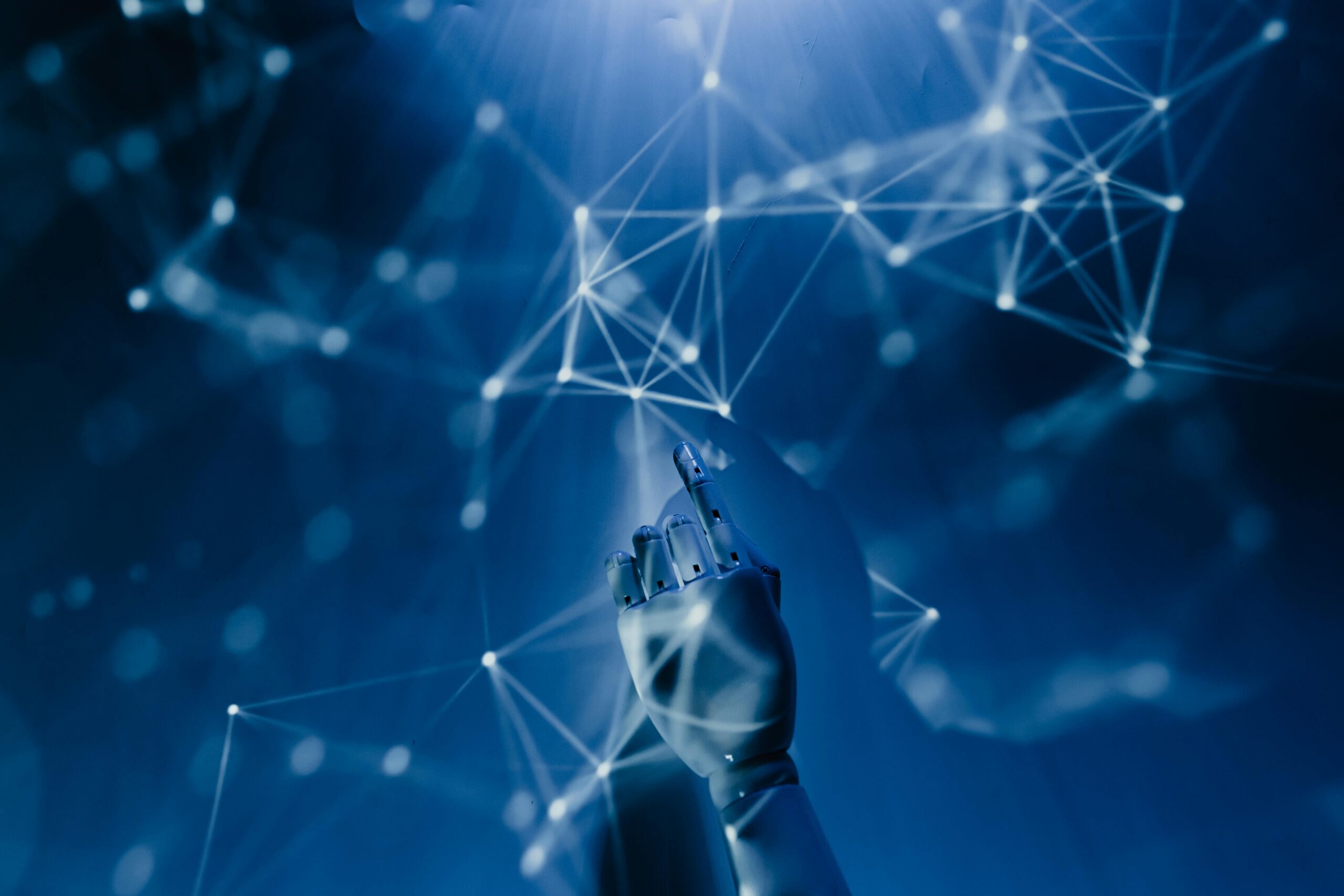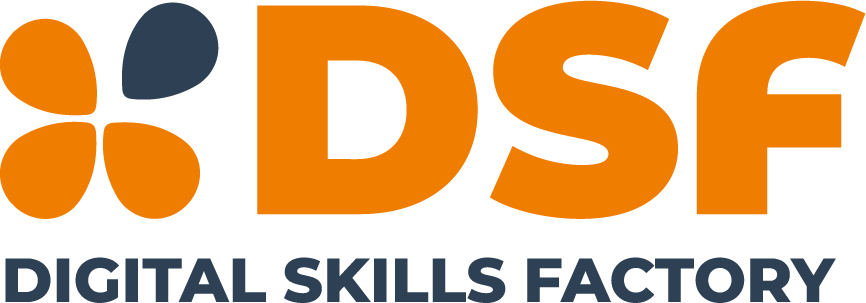
“AI is not a silver bullet, but it’s also not the enemy. It’s a tool—one that can either enhance or erode education, depending on how we use it.”
AI isn’t on the horizon—it’s already in the classroom. Over 60% of educators worldwide are using AI-powered tools in some form (Lesinskis et al., 2023). From real-time language translation to automated essay grading, AI is reshaping education at every level. But while the potential is enormous, so are the risks.
Can we ensure AI supports learning rather than replacing critical human interactions? Can it be a force for equity rather than exclusion? And, most importantly, how do we prepare students for an AI-powered future without making them dependent on it?
The AI Balance : Human-Led, Tech Supported Learning
AI isn’t here to replace teachers, but it is reshaping their roles. A 2024 study found that AI-driven personalized learning increased student engagement by 35%—but only when paired with human guidance (Ye et al., 2024).
Key takeaway: The best learning happens when AI enhances, rather than replaces, human instruction. Teachers who integrate AI as an assistant—not an instructor—see the most success.
- What works? AI tools help tailor lesson plans, provide instant feedback, and automate grading, freeing up teachers to focus on deep learning and mentorship (Abanoz & Yabaş, 2025).
- What doesn’t? Relying on AI to replace discussion, problem-solving, and creativity—the very skills students need in an AI-driven workforce.
The AI Dilemna : Equity vs Exclusion
AI has the potential to narrow or widen the digital divide, depending on how it’s implemented. Nearly 40% of students worldwide lack reliable internet access, meaning AI-driven education could leave many behind (Buchholz, 2023).
How do we prevent AI from worsening educational gaps?
- Ensure AI tools are accessible across all socio-economic groups. Schools must provide low-cost, high-impact AI solutions (Lesinskis et al., 2023).
- Use AI to bridge learning gaps, not reinforce biases. Studies show that some AI models favor wealthier, urban students due to biased training data (Hayati & Caniago, 2023). Developers and educators must actively test for bias and retrain AI models to ensure fairness.
Exclusion The Path Forward : Smarter, Not just Faster Learning
AI is making education more efficient, but efficiency doesn’t always equal better learning. Critical thinking, ethical reasoning, and human interaction must remain at the core.
Best practices for AI-powered education:
- Limit AI automation in tasks that require deep cognitive engagement.
- Teach students AI literacy—how to use AI tools responsibly.
- Invest in AI solutions that prioritize inclusivity, transparency, and adaptability.
AI is not the future of education. It’s the present. The real question is: Are we using it wisely ?
Digital Skills Factory
References
Abanoz, T., & Yabaş, D. (2025). Seeding sustainable futures: Enhancing children’s knowledge of content and skills through early STEM education. Environmental Education Research. https://doi.org/10.1080/13504622.2025.2465722
Buchholz, L. (2023). Sustainability & digital skills: Education can change the world. Sustainability Magazine. Retrieved from https://sustainabilitymag.com/articles/sustainability-and-digital-skills-how-education-can-change
Burbules, N. C., Fan, G., & Repp, P. (2020). Five trends of education and technology in a sustainable future. Geography and Sustainability. https://doi.org/10.1016/j.geosus.2020.05.001
Hayati, K., & Caniago, I. (2023). Digital entrepreneurship education: A literature review on emerging technologies in business. Retrieved from https://eai.13-9-2023.2341223
Lesinskis, K., Mavlutova, I., Spilbergs, A., & Hermanis, J. (2023). Digital transformation in entrepreneurship education: The use of a digital tool KABADA and entrepreneurial intention of Generation Z. Sustainability. https://doi.org/10.3390/su151310135
Ozalevli, C. C. (2023). Why sustainability must become an integral part of STEM education. World Economic Forum. Retrieved from https://www.weforum.org/stories/2023/04/why-sustainability-must-become-an-integral-part-of-stem-education
Ye, J.-H., He, Z., Bai, B., & Wu, Y.-F. (2024). Sustainability of technical and vocational education and training (TVET) along with vocational psychology. Behavioral Sciences. https://doi.org/10.3390/bs14100859

